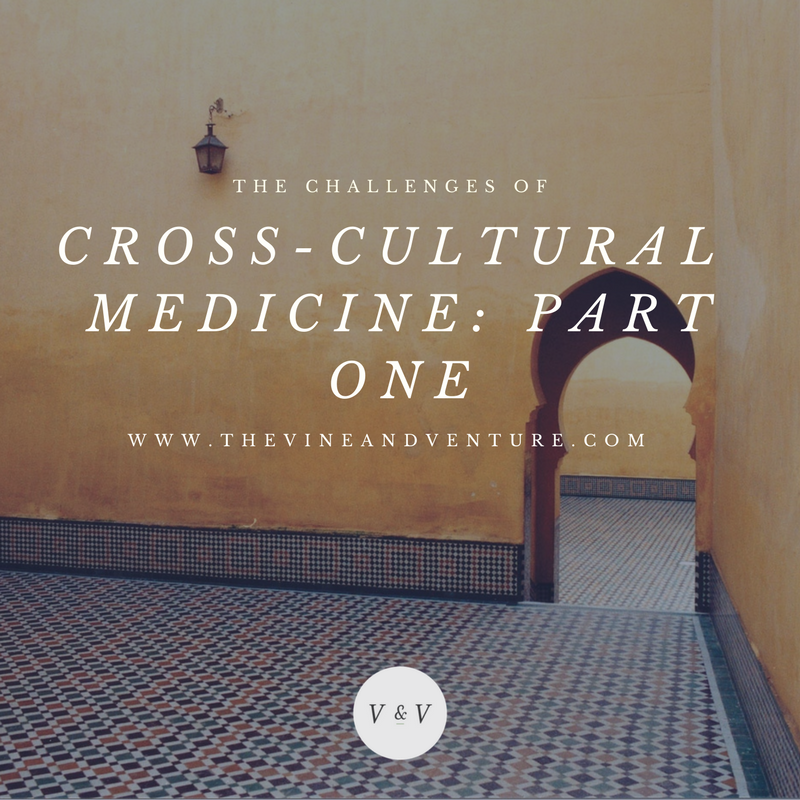
If you are a student studying to be in the healthcare field or a current healthcare provider with the goal to work in a cross-cultural setting, this post is for you. It would be wise to not only read this post but learn as much as you can (by experience or second-hand study) about the topics I will discuss in the following paragraphs.
My experience at overseas clinics (Uganda, Honduras, Guatemala, China) as well as two years of experience as a primary healthcare provider to refugees has given me an intimate understanding of the various challenges in cross-cultural medicine. I will discuss in this blog post the challenges specifically with refugee medicine, but many of these apply broadly to any cross-cultural setting.
If you have been around this blog space before, you know that I am a physician assistant to refugees in Denver, CO. Denver has a fairly large population of refugees who have come from all regions of the world. First, let me start by stating that my job is incredibly rewarding. To be a part of increasing access to care for this persecuted group of people is an honor and a privilege. But like any job, it does not come without its obstacles.
The unique challenges we face in our clinic impact our ability to provide the same quality of care to refugees as to the general population, leading to health care inequalities. There are many issues, but the most prominent that I will discuss are those having to do with the healthcare system and those having to do with the healthcare encounter.
If you are American, you are no stranger to the fact that our healthcare system is complicated and hard to navigate. For a refugee or immigrant, the healthcare system becomes exponentially more complicated and hard to navigate- due to the fact that English is not their first language, they usually take public transportation, and they mostly (at first) have Medicaid insurance.
There is difficulty getting our patients into specialties due to their Medicaid coverage-the specialties we can refer them to are limited to what Medicaid covers and what the specialty clinics will accept. Once they do get in, they may not know to take a translator, may not have a ride there, or may get lost along the way because our hospitals are so large, confusing, and intimidating.
Within the healthcare encounter (the actual visit with the patient) there are difficulties with many things. One of which is developing a trusting relationship. Our patients have had a hard time transferring their trust over to us new(er) PAs, because they have already developed a trusting relationship with our MD, the owner of the clinic. It takes a long time to develop trust with our patients.
Also, I am a very young looking caucasian female, and quite a few cultures may have difficulty trusting me as a young woman, although this hasn’t been too much of a problem. I would say the biggest issue with me being a young white female, is the fact that I am caucasian and american, and they likely have a hard time being understood by me because I don’t come from their refugee nor cultural background.
It is beneficial to assist with their wider needs (not just medical) as far as we are able to, to build trust with them. Many of our patients come in with bills or mail that they don’t understand and we help them with those even though it is not “our job”. I have learned greetings in a lot of the languages spoken by our patients and when I use them in the clinic, they greatly appreciate it.
Additionally, every member of our staff has gone the extra mile in serving our patients. Whether it means stopping by a patient’s house, giving them a ride to an appointment or the ER, our staff is always willing to do what it takes for patients to get the proper care. This is not typical of a clinic nowadays, but we consider going above and beyond a necessary component of developing a trusting relationship with our unique patient population.
By far the largest difficulty is the language barrier. We have many different languages spoken at our clinic- the most frequently spoken are: Nepali, Burmese, Somali, French, Swahili, Rohingya, and Arabic. Less frequently: Tigrinya, Oromo, ethnic dialects of Burmese, Farsi, Urdu, Pashtu, and Spanish. One solution is that we have medical assistants who speak some of our patients’ languages. Along with their duties of giving shots, checking people in, checking Medicaid, and a million other things, our medical assistants also frequently function as translators.
The Nepali community usually brings a daycare worker or family member or friend to translate for them, which helps since we don’t have a Nepali speaking medical assistant. Still, there are occasions when someone will come in without a translator, language line (the telephone translation service) does not have their language, and we can not reach any of our other contacts to help us translate. This can be incredibly frustrating because charades are not sufficient for a medical encounter where understanding the history is very important!
Although there are many challenges to working in a cross-cultural setting, we have found ways to navigate and overcome many of these challenges. This is due greatly to the innovation of our founding physician and owner, PJ Parmar. Through his example, we have learned how to eliminate common barriers to care and help refugee patients navigate our complex healthcare system. We do our best with the language and cultural barriers (which I will discuss more in part two of this post) and hope to improve every day in understanding our patients across various cultures, languages, and constantly seeking to earn their trust.

